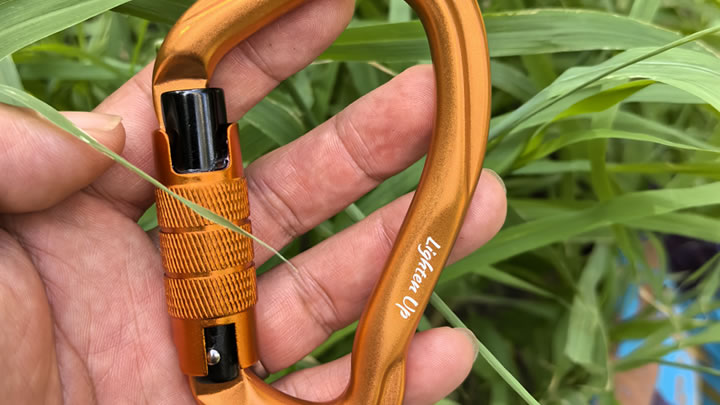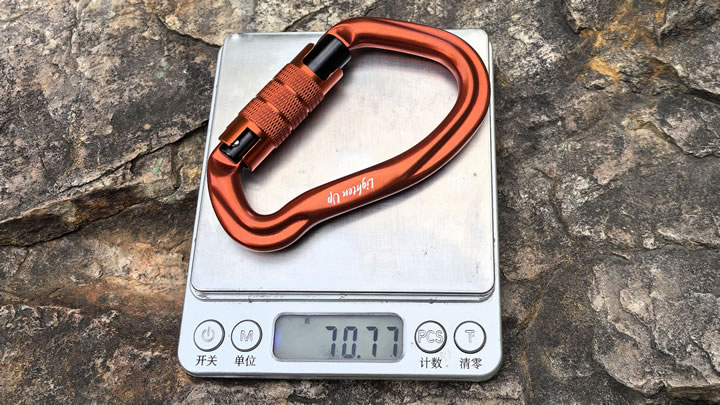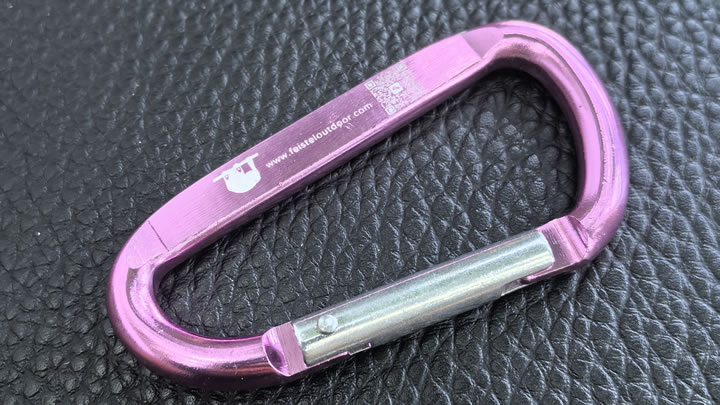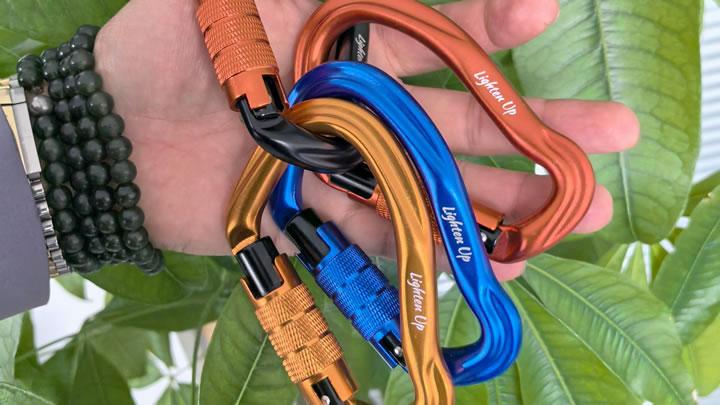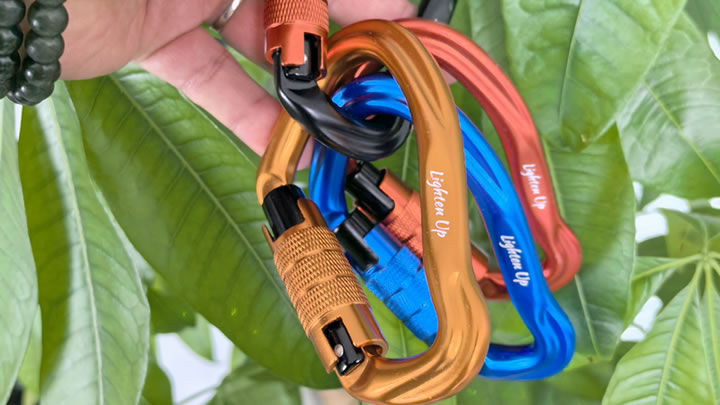Best camping stoves for high-altitude hiking?
Hiking at high altitudes presents unique challenges for outdoor cooking. Thinner air, plummeting temperatures, and unpredictable winds can turn a simple meal into a herculean task. The right camping stove isn’t just a convenience—it’s a necessity for safety, efficiency, and enjoyment. In this guide, we’ll explore the key factors that make a stove thrive in high-altitude environments and highlight the top models trusted by experienced mountaineers and thru-hikers.
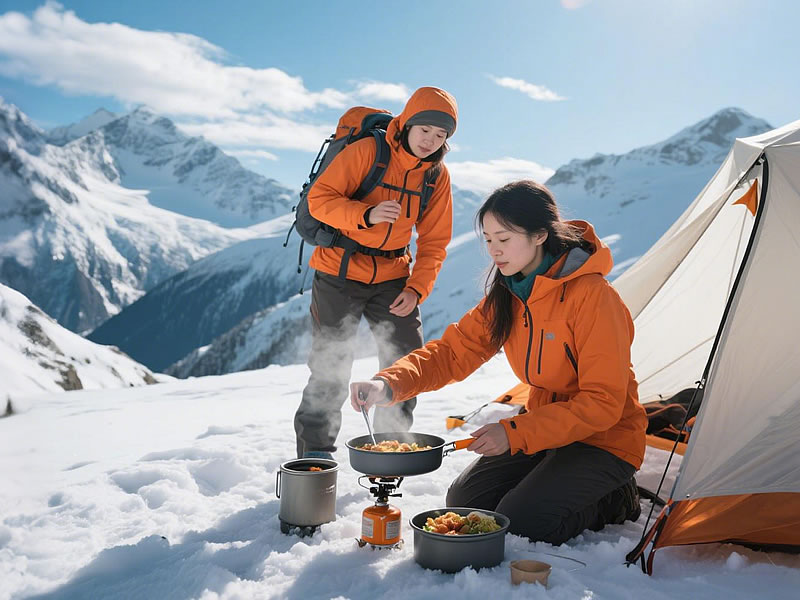
The Unique Demands of High-Altitude Cooking
Before diving into product recommendations, understanding the environmental hurdles is critical:
- Low Oxygen Levels: Combustion becomes less efficient as altitude increases, leading to weaker flames and longer cook times.
- Cold Temperatures: Fuel canisters lose pressure in sub-zero conditions, especially with butane-based fuels.
- High Winds: Gusts can extinguish flames or drastically increase fuel consumption.
- Limited Fuel Access: Remote trails may require carrying fuel for days, so efficiency and compatibility with available fuels (e.g., gasoline, kerosene) are essential.
- A high-altitude stove must excel in pressure regulation, heat efficiency, and wind resistance while balancing weight and portability.
- Key Features to Look For in High-Altitude Stoves
- 1. Fuel Type & Compatibility
- Multi-Fuel Stoves: Ideal for remote areas where specific fuel canisters aren’t available. Models that burn gasoline, kerosene, or even ethanol offer versatility.
- Isobutane/Propane Mixtures: Better than pure butane in cold weather, as they maintain pressure down to -20°C (-4°F). Avoid pure butane stoves above 2,000 meters.
- 2. Combustion Technology
- Pressure-Regulated Systems: These maintain consistent fuel flow despite low oxygen or cold temperatures, ensuring stable flames.
- Heat Exchangers: Designs like Jetboil’s FluxRing maximize heat transfer to pots, reducing boil times and fuel use.
- 3. Wind Resistance
- Integrated Windshields: Built-in baffles or enclosed systems (e.g., the MSR WindBurner) protect flames without needing extra accessories.
- Stable Base: Wide, non-slip supports keep pots steady in gusts.
- 4. Weight & Packability
- Lightweight is king for backpackers, but balance it with durability. Most high-altitude stoves weigh between 200–500g (7–18 oz), excluding fuel.
- Top Picks for High-Altitude Hiking
- 1. MSR WhisperLite Universal – The Multi-Fuel Workhorse
- Why It’s Great: A legend in mountaineering, the WhisperLite Universal handles gasoline, kerosene, diesel, and even aviation fuel—critical for expeditions in regions where propane canisters are scarce. Its pressure-regulated pump maintains flame intensity in thin air, while a nickel-plated brass burner resists corrosion in harsh conditions.
- Boil Time: 4.5 minutes for 1L (gasoline, sea level)
- Weight: 373g (13.2 oz)
- Pros: Unmatched fuel versatility, repairable in the field, robust build
- Cons: No built-in igniter (bring matches/lighter), louder than modern stoves
- 2. Jetboil Flash – Speed & Efficiency for Solo Hikers
- Why It’s Great: The FluxRing heat exchanger combines with an enclosed design to boil 1L in just 100 seconds—even at 3,000 meters. It uses common isobutane/propane canisters and includes a built-in igniter for hassle-free starts. The compact “stove-in-a-pot” design saves space in your pack.
- Boil Time: 1.7 minutes for 1L (sea level)
- Weight: 340g (12 oz) with pot
- Pros: Ultra-fast, wind-resistant, intuitive for beginners
- Cons: Single-burner, best for solo use or simple meals
- 3. Snow Peak GigaPower – Lightweight Precision
- Why It’s Great: Weighing just 210g (7.4 oz), the GigaPower is a featherweight champion with a high-efficiency burner that performs admirably in cold, low-oxygen environments. Its adjustable flame control is perfect for simmering delicate dishes, while the compact size fits inside most 750ml pots.
- Boil Time: 3.5 minutes for 1L (sea level)
- Fuel: Isobutane/propane (works to -10°C/14°F)
- Pros: Ultralight, sleek design, excellent for fast-and-light missions
- Cons: No windscreen (bring a collapsible shield for extreme winds)
- 4. Optimus Nova+ – Durability Meets Adaptability
- Why It’s Great: A rugged multi-fuel stove that excels in extreme conditions. The ceramic-glazed burner resists carbon buildup from dirty fuels like kerosene, while a priming cup ensures easy starts in sub-zero temps. It’s a favorite for long-distance hikers on routes like the PCT or AT.
- Boil Time: 5 minutes for 1L (gasoline, sea level)
- Weight: 450g (15.9 oz)
- Pros: Field-serviceable, compatible with “difficult” fuels, bombproof construction
- Cons: Heavier than single-fuel models, requires pump maintenance
- 5. Soto Amicus – Wind-Defying Innovation
- Why It’s Great: The Amicus features a 360° windscreen integrated into the burner, creating a protected combustion chamber that reduces heat loss by 30% compared to open stoves. Its regulator valve stabilizes fuel flow in low pressure, making it reliable above 4,000 meters.
- Boil Time: 3 minutes for 1L (sea level)
- Weight: 320g (11.3 oz)
- Pros: Exceptional wind resistance, efficient fuel use, easy ignition
- Cons: Only compatible with Soto’s proprietary fuel canisters
- How to Choose the Right Stove for Your Needs
- Trip Duration & Fuel Access: Multi-fuel stoves are best for remote, multi-day hikes; single-fuel (isobutane/propane) work for shorter trips in developed areas.
- Group Size: Solo hikers may prioritize weight (e.g., Snow Peak GigaPower), while groups need higher output (e.g., MSR WhisperLite).
- Temperature Range: If hiking in sub-zero conditions, avoid pure butane and opt for pressure-regulated designs.
- Budget: Multi-fuel stoves (150–250) are pricier but more versatile; single-fuel models start at $80.
- Maintenance Tips for High-Altitude Performance
- Clean Burners Regularly: Carbon buildup from low-oxygen combustion can clog nozzles—use a needle or brush.
- Pre-Warm Fuel Canisters: Store fuel in your sleeping bag overnight in cold weather to maintain pressure.
- Practice at Home: Test your stove at low temperatures and simulate high-altitude conditions (e.g., using a lower oxygen setting) to troubleshoot issues before your hike.
- Conclusion
- A high-altitude camping stove is an investment in safety and comfort. The best models balance technical innovation with real-world durability, ensuring you can cook hot meals even when the elements conspire against you. Whether you’re tackling the Himalayas or a local 4,000-footer, prioritize fuel versatility, pressure regulation, and wind resistance—your future self (and hungry stomach) will thank you.
- Ready to elevate your hiking kitchen? Choose a stove from our top picks and conquer the heights with confidence.

